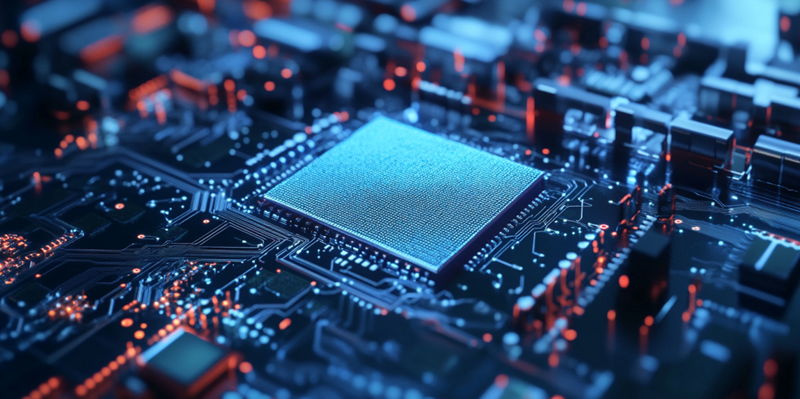The remarkable capabilities of the Intel Core Ultra 5 245K’s integrated graphics processing unit (iGPU) have risen to the forefront, particularly when overclocked, showcasing significant advancements in integrated graphics technology. Despite being the slowest CPU in Intel’s Core Ultra 200S lineup, the Core Ultra 5 245K has managed to capture attention due to its potent iGPU built on the Xe-LPG architecture. Initially clocked at a modest 1.9 GHz, the iGPU saw a substantial performance boost thanks to the efforts of an overclocker known as "Arabus." Utilizing an Arctic Freezer 4U-M air cooler, Arabus successfully pushed the iGPU frequency to an impressive 3.0 GHz. This overclock resulted in a significant performance leap in the 3DMark Time Spy Graphics test, achieving 3336 points—a 54% increase from the stock score of approximately 2100–2200 points.
Achieving Desktop-Level Gaming Performance
What makes this achievement particularly noteworthy is that the performance of the overclocked iGPU of the Core Ultra 5 245K matches that of the desktop GTX 1650 GPU, a favored choice among budget-conscious gamers. This level of performance enables the Core Ultra 5 245K to deliver 1080p gaming at high settings, all without the need for a premium cooling solution. In addition to the graphics-specific score enhancement, the overall Time Spy score also increased to 3798 points, underscoring the broad improvement over the stock performance. Heat management has obviously been a crucial factor in the overclocking process, and the system’s sustained temperature of just 64° Celsius under these conditions highlights the efficacy of the cooling solution employed.
An interesting element of this process is the CPU’s performance core overclocking, which reached 5.4 GHz. This, combined with the disabling of the efficiency cores, helped to maintain manageable temperatures while further optimizing performance. The stability of the temperature under such extensive overclocking demonstrates the potential for these processors to maintain high performance without succumbing to thermal throttling, which often plagues heavily overclocked CPUs.
The Future of iGPU Technology
The overclocked Core Ultra 5 245K demonstrates a promising future for integrated graphics. The iGPU on this processor competes with budget discrete GPUs like the GTX 1650, enabling high-resolution gaming on entry-level CPUs. This improvement in integrated graphics shows Intel’s significant advancements, potentially allowing mainstream desktop chips to handle demanding games and graphics without extra hardware.
Better frequencies and higher scores could be achieved with stronger cooling solutions, such as all-in-one (AIO) coolers. Although the Arctic Freezer 4U-M setup is effective, an AIO cooler might enhance performance further by maintaining lower temperatures and possibly higher sustained clock speeds. The lack of thermal throttling highlights the efficiency and potential of Intel’s design. As cooling technology improves, the performance limits of integrated graphics in CPUs are likely to advance as well.
Overall, Intel’s advancements with the Core Ultra 5 245K’s iGPU signify a shift towards more powerful integrated graphics solutions, which could reduce the need for separate GPUs in budget and mid-range gaming systems. This trend suggests that future Intel processors may deliver even better performance, challenging the necessity for discrete graphics cards in certain segments of the market.

